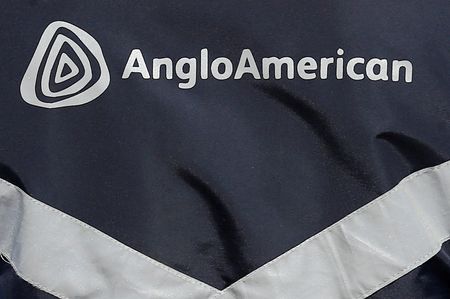BEIJING (Reuters) – A new Chinese carrier rocket designed to send up bigger batches of satellites in one launch made its first flight on Tuesday, boosting Beijing’s strategy of countering U.S. billionaire Elon Musk’s oversized presence in Earth’s lower orbits via SpaceX.
The heavy-lift Long March 8A blasted off for its maiden flight at 5:30 p.m. (0930 GMT) from the Wenchang Space Launch Center on the southern Chinese island of Hainan, carrying a group of low-Earth orbit satellites.
The Long March 8A is a modified version of the medium-lift Long March 8 rocket that began flights in 2020. It has an enhanced payload capacity of seven tonnes, allowing China to send larger clusters of satellites into low and medium-Earth orbits in one launch, according to China Aerospace Science and Technology Group Corporation (CASC).
Other upgrades include an upper stage that saves fuel and improves satellite life, according to CASC, which manufactured the rocket and the satellites it sent into orbit. An upper stage is a rocket booster that fits between the main launch vehicle and the main payload on top.
China plans this year to accelerate the number of satellites it places in Earth’s lower orbits, with dozens of launches scheduled as Beijing looks to match Starlink’s numbers.
Starlink, owned by Musk’s SpaceX, currently has almost 7,000 active satellites in orbit.
(Reporting by Eduardo Baptista; editing by Mark Heinrich)









